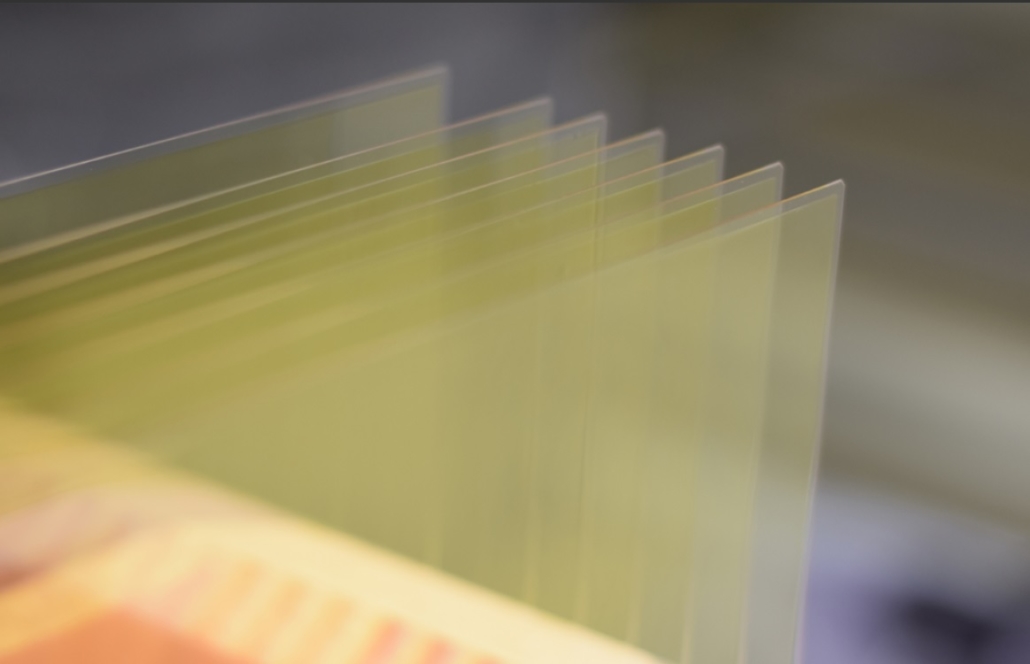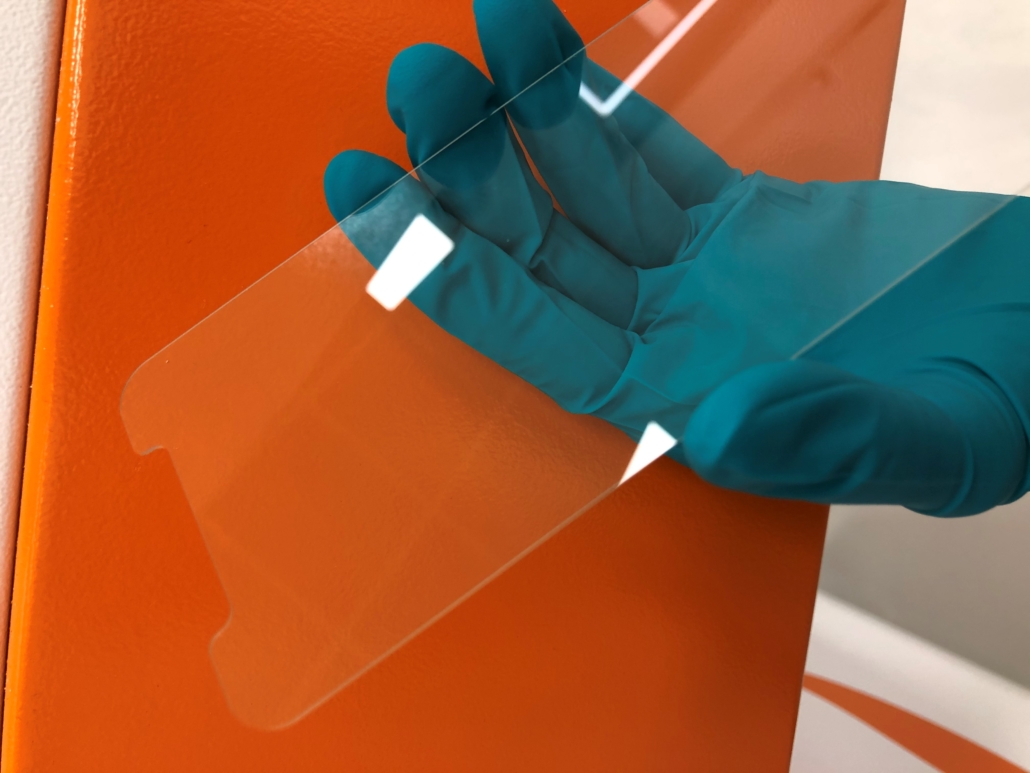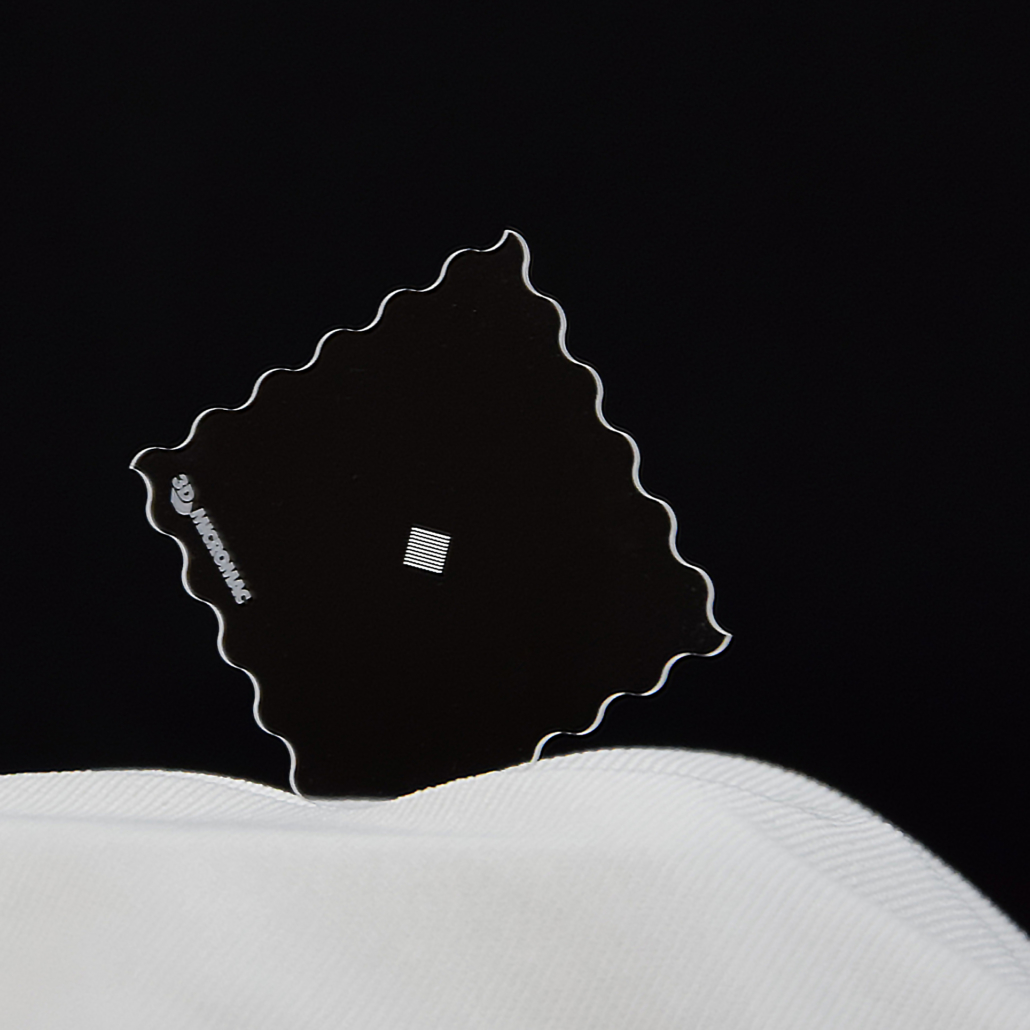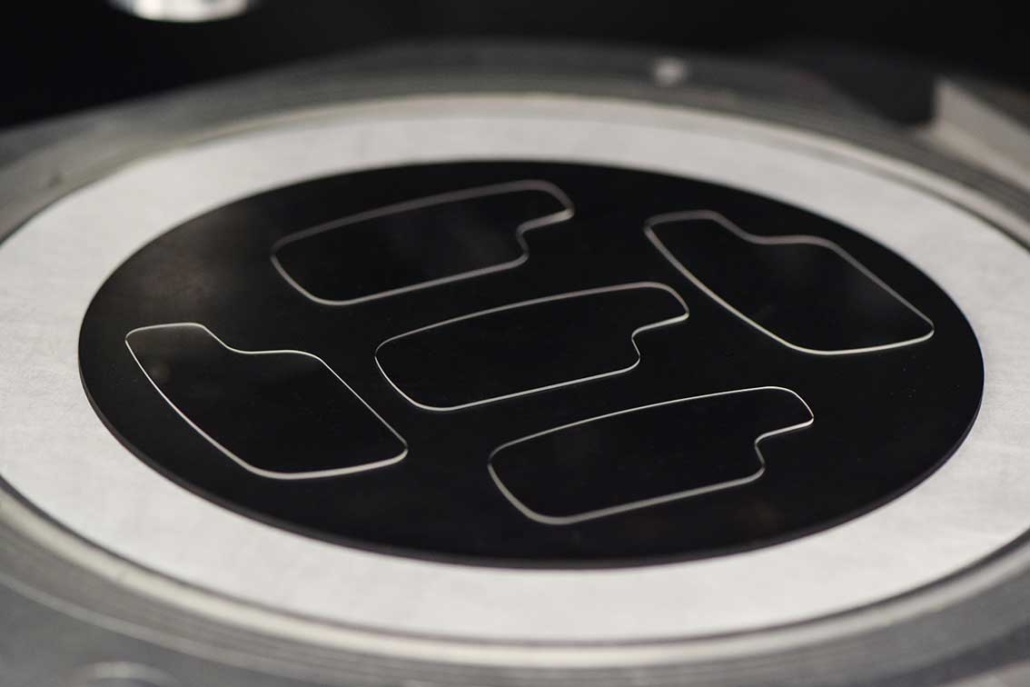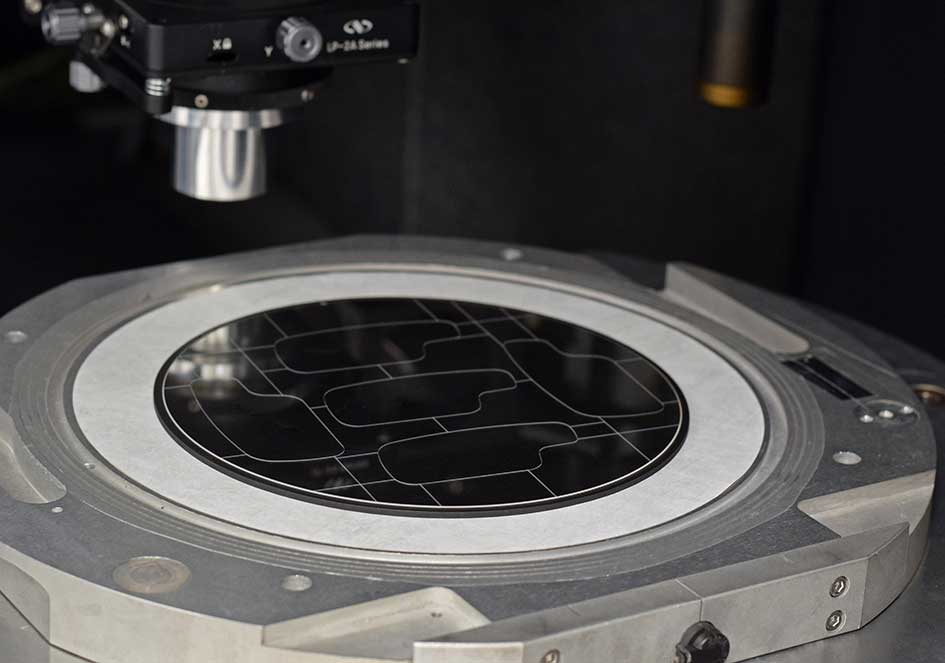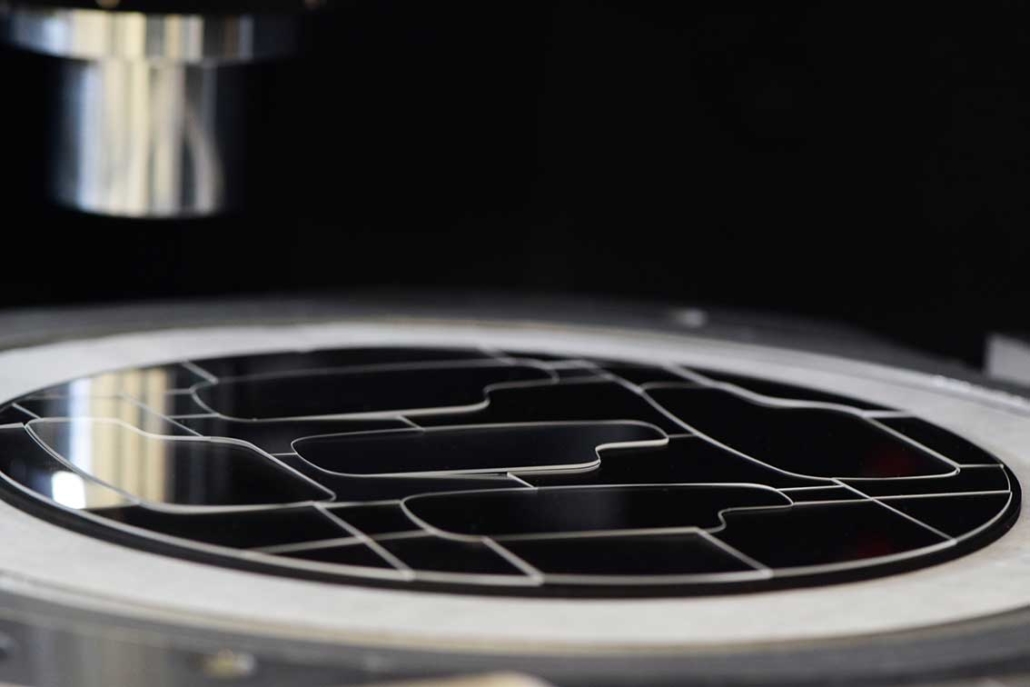Link to: Get in touch
Market Characteristics – Specific Challenges
Despite the development of ever thinner and more flexible displays, glass is still one of the most used materials in the display industry. The unbroken popularity of glass is mainly attributable to its strong barrier effect and mechanical resistance.
Further developments requesting more pliability have shown the need to reduce the thickness of glasses to a few 10 to 100 micrometers.
Efficient manufacturing processes for cutting and structuring need to be adapted, making the laser an ideal flexible tool.
Send an E-Mail to: mailto:liebers@3d-micromac.com

Contact
Please contact our expert for more information.
René Liebers
Tel: +49 371 40043-432
liebers@3d-micromac.com
Display Backplanes for LCD/LED/OLED: Cutting of Coated Alkalifree Glass
Different types of glass are crucial parts of display assemblies. As so-called “backplanes” they are situated behind the touch or cover glasses. Often the glasses used for backplanes have functional layers. These functional layers are typically applied in so-called large area coating systems. To achieve the best coating results it is desirable to cover areas as large as possible at once. Therefore, any separation, cutting, or forming processes should ideally be carried out at the end of the production chain. At this point, it is necessary to use a particle-free separation process that causes as little damage as possible.
Our lasers are capable of low-damage cutting of glasses coated with polymers (e.g. polyimide) or covered with transparent conductive layers (TCO). By using femtosecond lasers we can guarantee an extremely low-damage separation process – almost particle-free.
An additional benefit of laser compared to classical diamond cutting is the ability of hole drilling within the same machine.
As our laser process has been developed in-house, we can adapt it to the requirements of our customer’s production process. In addition, customization to the throughput demands of the customer is possible.
The optimized material flow in our systems offers the possibility to produce small quantities just as efficiently as mass production lots. Due to the short set-up times, our machines achieve low production costs per component.
Our systems for laser glass cutting are capable of processing all typical materials::
- CORNING (Willow, Eagle)
- NEG (OA10,11)
- ASHAI (AN100, WIZUS)
- Others
Coverglass: Cutting of Chemical Strengthened or Untreated Alumosilicate Glass
When cover glasses (e.g. Corning Gorilla) are used in touch elements, the glass singulation process can highly benefit from a cutting process with the following features:
- Flexibility regarding lot size and shape
- Low upfront cost
- Low part tolerances
- Low damage of ink or other coatings like anti-reflective or anti-glare coatings
- Cutting after chemical strengthening is possible
Our in-house developed laser processes can be adapted to the customer’s requirements. Also, throughput demands can be easily achieved with our customized production solutions.
The optimized material flow in our systems allows to produce small quantities just as efficiently as mass production lots. Low production costs per component are a result of our short machine set-up times.
Our systems are capable of processing all typical materials:
- CORNING (Gorilla)
- Schott (Xensation)
- NEG (Dinorex)
- ASHAI (Dragontrail)
- Others
High-Index Glass: Cutting of Waveguide Combiners for AR devices
Waveguide combiners made of high-index glasses are a promising technological solution that is making up for the shortcomings of AR devices. Since high-index glasses can give big field of view and a high image quality at the same time the devices might profit from being equipped with this material.
However, an industry-suitable cutting process for high-index glasses needs to address the following critical features:
- Low cost per unit
- Flexible choice of lot size and shape
- High bending strength after singulation of glasses
- Avoidance of edge damages and chipping
- Avoidance of particle formation during processing
- Low part tolerances
The optimized material flow in our systems allows producing small quantities just as efficiently as mass production lots. Low production costs per component are a result of our short machine set-up times.
Our systems are capable of processing all typical materials:
- SCHOTT RealView® (1.8; 1.9; 1.9 lightweight)
- HOYA
- CORNING (1.7-2.0 RI)
- Others



